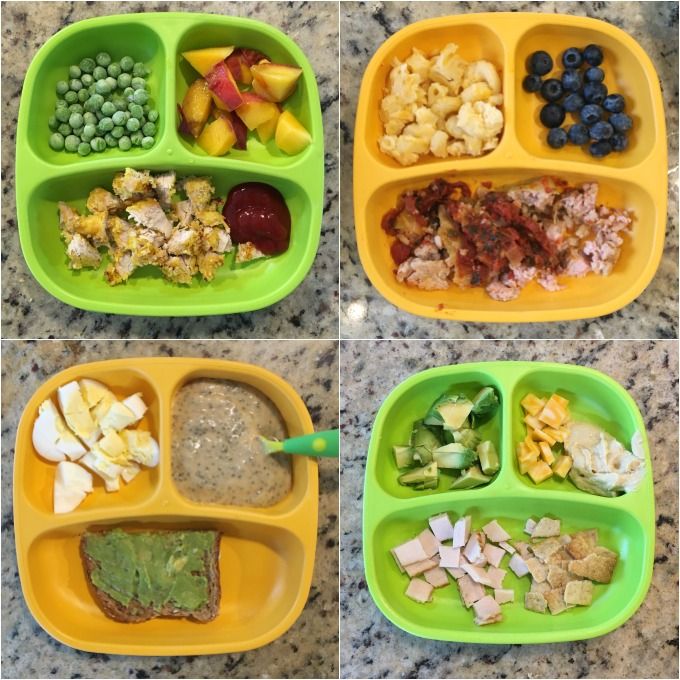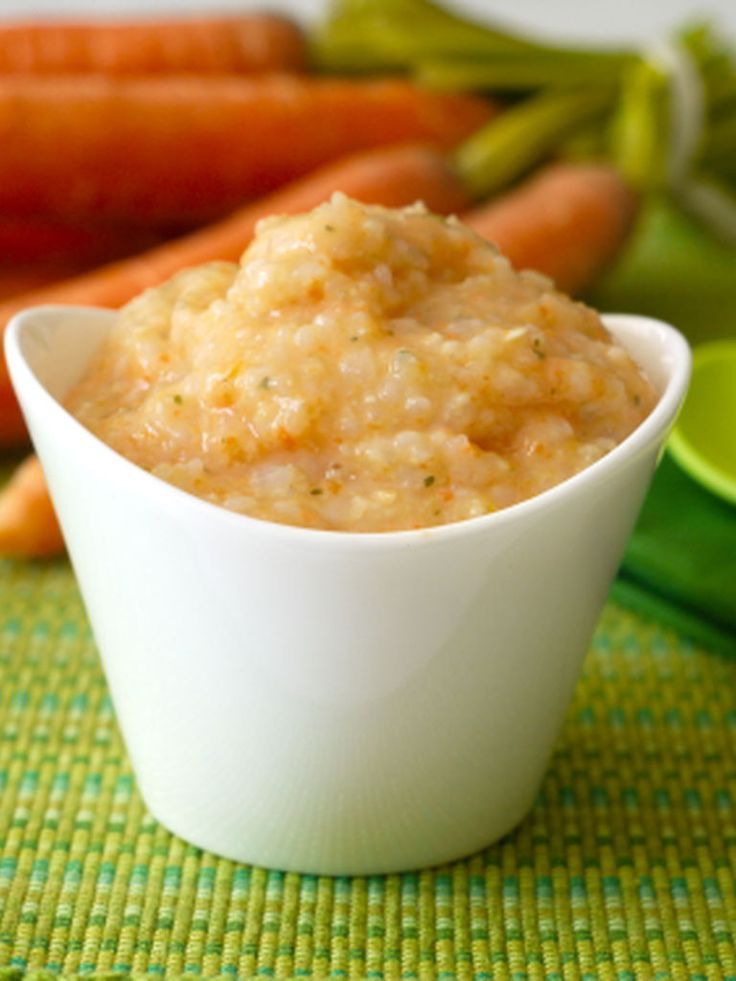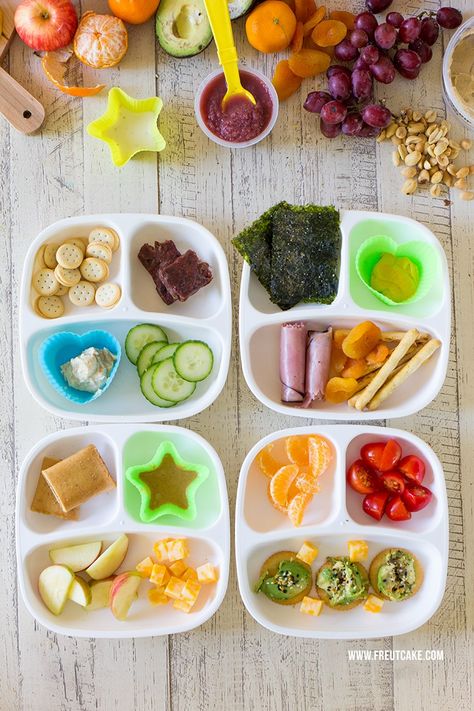Stainless steel baby feeding
Stainless Steel Baby Bottles: Safer than Plastic?
With all the concerns about leaching dangerous chemicals into breast milk and formula, parents are increasingly steering away from plastic baby bottles in favor of safer options, such as glass baby bottles or stainless steel.
At first, parents were shifting toward plastic baby bottles advertised as BPA-free, Phthalate-free, and Bisphenol-A-free. However, recent research shows that even BPA-free plastic baby bottles can leach chemicals into food and beverages.
Specifically, BPA-free baby bottles are commonly made with plastics using BPS, BPF, BPAF, BPZ, BPP, and/or BHPF. Notice how they all have "BP" in their names? That's bisphenol, and leading scientists say that BPA-free plastics are just like BPA in that they leach chemicals that cause genetic and hormonal disruption.
For quick guidance on which baby bottles might suit your needs, check out our annual round-up of the best baby bottles!
They look a lot like BPA [...] and they are going to behave like BPA. - Dr. Hunt, Geneticist at Washington State University
Does Stainless Steel Leach Chemicals?
So what about stainless steel baby bottles? Are they a safe alternative? Well, there are several advantages of stainless steel baby bottles. They don't contain any of the bisphenols found in plastic baby bottles, there is no risk of them shattering on impact, they are lighter weight than glass baby bottles, they last for a really long time, and most do not contain any inner liner that can leach chemicals into your food. There are some basic cons of stainless steel bottles, including that they can dent easily, cannot be microwaved, are not see-through for measurement purposes, and some people do not like the taste of beverages from a stainless steel bottle.
Also, it's important to point out that stainless steel has very high thermal conductivity, which means that it is not a good insulator. Cold or warm drinks will quickly adopt the temperature of the surrounding air, faster than in a plastic or glass baby bottle. They also will condensate more than other bottles if the contents are cold. Some stainless baby bottles solve this issue by including a silicone sleeve on the outside, which does help quite a bit.
They also will condensate more than other bottles if the contents are cold. Some stainless baby bottles solve this issue by including a silicone sleeve on the outside, which does help quite a bit.
But what about the stainless steel itself? The problem with stainless steel is the potential for it to leach heavy metals into breast milk or formula. In fact, recent research has shown that stainless steel utensils used for cooking, stainless steel cookware (pots, pans), and other stainless steel products can leach Nickel and Chromium (see the research papers here, here, and here).
Nickel and chromium are both heavy metals with mixed toxicity profiles. While they are both present in nature and dietary supplements, and at certain levels they are harmless, at higher exposure levels they can be harmful. For example, high exposure levels to nickel is associated with increased rates of cancer and dermatological illnesses (like contact dermatitis, eczema, rash, etc).
But it is important to point out that the extent to which these heavy metals leach into foods and beverages is related to the environmental conditions: it is especially problematic when the stainless steel is relatively new, it is heated for extended periods of time, or the food or drink is relatively acidic. This is not to say that nickel and chromium do not leach into non-acidic contents (they do), or that it only happens when heated, but it's just worse under those conditions.
This is not to say that nickel and chromium do not leach into non-acidic contents (they do), or that it only happens when heated, but it's just worse under those conditions.
What Types of Stainless Steel Leach Chemicals?
A more recent study examined various types of stainless steel, which is most commonly types 304 and 316 used in consumer products such as water bottles, baby bottles, cookware, and utensils. Generally speaking, 304 contains slightly less nickel and chromium than type 316. The intent of the study was to examine which type tends to leach the most nickel and chromium into food and drinks.
As it turns out, both 304 and 316 stainless steel showed similar leaching of nickel and chromium, which is unfortunate because many of the stainless steel baby bottles are made with stainless 304 due to its generally lower nickel and cadmium content. Studies here and here.
Glass or Stainless Steel Baby Bottles?
Modern parents are faced with the decision to invest in glass or stainless steel baby bottles. With glass, there is no risk of leaching chemicals into food or drinks; you can see our list of best glass baby bottles here. But there is the risk of the bottles breaking and shattering whether they are used with or without a silicone grippy liner. In fact, some daycares will not allow you to send glass baby bottles in with your baby due to the risk of dangerous breakage. In our experience, with a good quality silicone protective sleeve there is very low risk of shattering a glass baby bottle; in fact, we have found some brittle plastic baby bottles to be much more fragile than the thick glass baby bottles made by Joovy, Avent, and others.
With glass, there is no risk of leaching chemicals into food or drinks; you can see our list of best glass baby bottles here. But there is the risk of the bottles breaking and shattering whether they are used with or without a silicone grippy liner. In fact, some daycares will not allow you to send glass baby bottles in with your baby due to the risk of dangerous breakage. In our experience, with a good quality silicone protective sleeve there is very low risk of shattering a glass baby bottle; in fact, we have found some brittle plastic baby bottles to be much more fragile than the thick glass baby bottles made by Joovy, Avent, and others.
After reading the scientific literature and comparing the pros and cons of different baby bottle types, here is our advice. If you can go with a glass baby bottle with a silicone protective sleeve, and you can use that everywhere you need to without any issues (like at daycare or nursery school), then we say definitely go with a glass baby bottle.
Have you seen the new Chicco Duo bottle, which combines a glass-lined inside with a durable plastic outside!? If not, be sure to check out our new Chicco Duo review!
But if you're not comfortable with glass due to fear of breakage, or glass bottles are not allowed in your daycare or nursery school, then go with a stainless steel baby bottle. But before you use the stainless steel baby bottle, we strongly recommend boiling it in white vinegar for several hours. This is a good way to help use the acidity of vinegar to cause surface nickel and chromium to leach out of the bottle before you use it with breast milk or formula.
Our advice: Boil the stainless steel bottle in vinegar multiple times before using it.
Recent research suggests that heating the bottle in an acidic solution (like vinegar) multiple times for several hours will diminish leaching to the point where nickel and chromium content is no greater than it is naturally occurring in something like tomato sauce (research is here).
Of course, we realize this will be a smelly process, and a bit of a pain in the butt to be honest. But if you want the best of both worlds, being shatter-proof and not leaching chemicals, then this seems like a necessary step.
Results of our Stainless Steel Baby Bottle Testing
We found several great stainless steel baby bottles for our hands-on tests. There are over a dozen options currently on the market, and we got our hands on them and tried them out. We heated them, cooled them, shook them upside-down, dishwashed them, put them in our bottle sterilizer, dropped them, and used them to feed two babies (one 3 months, one 11 months). Below we list the best stainless baby bottles we found, and then provide some more detailed reviews of each option. As always, if you have any questions or comments, send us a message via our Facebook page! And be sure to check out our full baby bottle buying guide and annual reviews to find the best baby bottles.
| Model and Link to Amazon | Our Rating |
|---|---|
#1. Pura Kiki Stainless Bottle Pura Kiki Stainless Bottle | |
| #2. thinkbaby Stainless Bottle | |
| #3. Pacific Baby Hot-Tot Bottle | |
| #4. Innobaby AquaHeat Bottle | |
| #5. Pacific Baby GroGrow |
The Pura Kiki stainless baby bottles really stood out in our testing. There are so many things to love about them. First, they use both the stainless steel bottle itself but also a stainless nipple collar, reducing the amount of plastic that comes in contact with the milk. Second, it includes a comfortable silicone sleeve on the outside that helps make the bottle grippier to help older babies hold on, but also reduces condensation. The sleeve is removable and you can swap it out for different colors.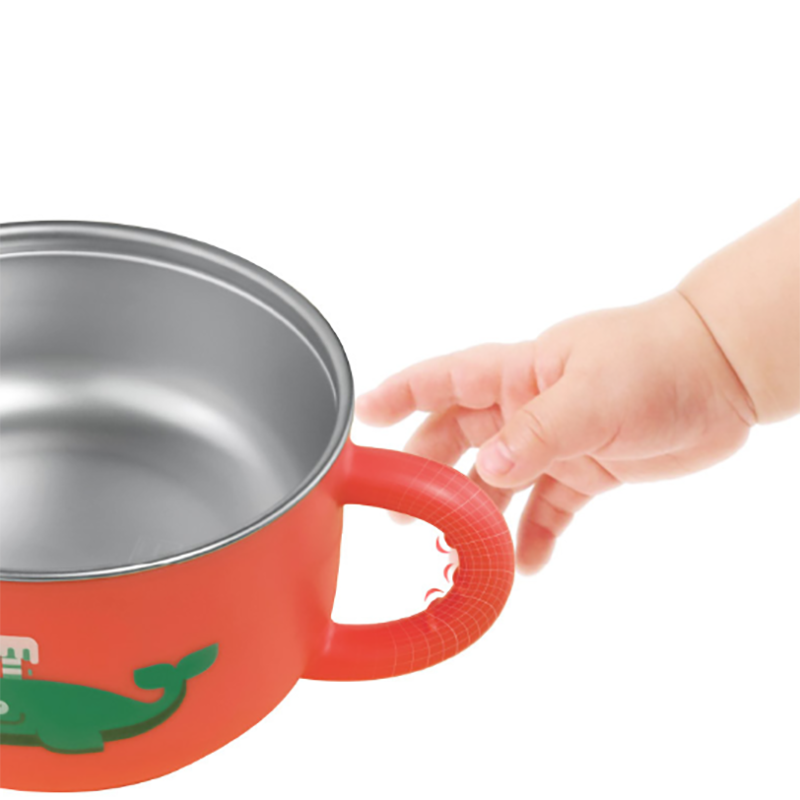 Also helpful for babies is the slight hour-glass contour of the bottle. Third, it has graduated lines on the inside so you can peek inside and see how much breast milk or formula remains. As with all of these, they are sort of difficult to use and read, but that's just what happens with bottles that aren't transparent. It uses #304 stainless steel on both the bottle and the collar, and the nipple itself is silicone. We tried out different flow rates and they worked quite well, and we thought that the vented nipples did a decent job preventing gas and reflux. One of the challenges with a stainless steel baby bottle is getting a good venting system, but these nipples do a pretty good job with that. Fourth, we liked that it is dishwasher safe and has a wide enough neck opening that it was easy to clean with a typical bottle brush. Note that it is available in 4-ounce and 8-ounce sizes. It's a bit expensive, coming in just under $20 per bottle, but we think it's worth it for the high quality build and reliability.
Also helpful for babies is the slight hour-glass contour of the bottle. Third, it has graduated lines on the inside so you can peek inside and see how much breast milk or formula remains. As with all of these, they are sort of difficult to use and read, but that's just what happens with bottles that aren't transparent. It uses #304 stainless steel on both the bottle and the collar, and the nipple itself is silicone. We tried out different flow rates and they worked quite well, and we thought that the vented nipples did a decent job preventing gas and reflux. One of the challenges with a stainless steel baby bottle is getting a good venting system, but these nipples do a pretty good job with that. Fourth, we liked that it is dishwasher safe and has a wide enough neck opening that it was easy to clean with a typical bottle brush. Note that it is available in 4-ounce and 8-ounce sizes. It's a bit expensive, coming in just under $20 per bottle, but we think it's worth it for the high quality build and reliability.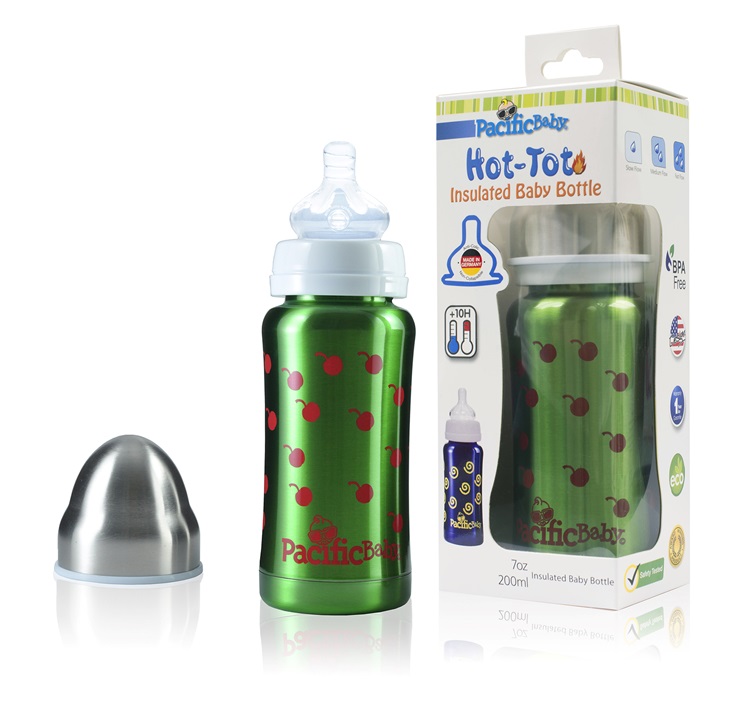 There really wasn't much to dislike here. The only thing we didn't think was great was the nipple itself, which seemed a bit flimsy, and the fact that you really had to tighten down the collar to prevent leakage. Outside of that, this is a top-rated stainless steel baby bottle that is worthy of this position on our list! Interested? Check out the Pura Kiki Stainless Baby Bottles here.
There really wasn't much to dislike here. The only thing we didn't think was great was the nipple itself, which seemed a bit flimsy, and the fact that you really had to tighten down the collar to prevent leakage. Outside of that, this is a top-rated stainless steel baby bottle that is worthy of this position on our list! Interested? Check out the Pura Kiki Stainless Baby Bottles here.
The thinkbaby stainless baby bottles were really impressive, and they come in at a slightly better price point than the Pura Kiki, at around $13 per 9-ounce bottle. We loved several things about these bottles, including the sleek hour-glass shape, the plastic collar that seals itself very well onto the bottle, and the vented nipples. The bottles are dishwasher safe, and it was easy to fit a typical bottle brush inside for cleaning. They never leaked in our testing, though they did condensate quite a bit with a colder beverage. That's primarily because they don't include a silicone sleeve on the outside.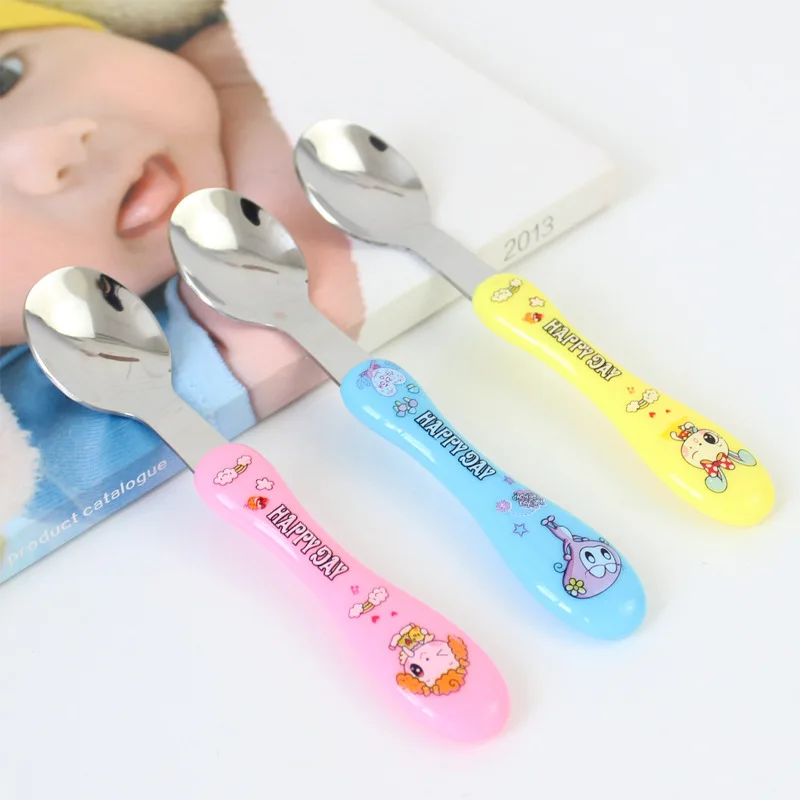 The other two downfalls of not having the silicone sleeve are that when you heat the bottle in a bottle warmer the stainless get super hot to the touch, and second it's not as comfortable to hold. We also want to point out that while we prefer the thought of having a stainless steel collar, like with the Pura Kiki, we do see the benefit of having the plastic collar - it is much easier to seal well onto the bottle, and you don't need to really crank it down like you do with a stainless collar. So while we prefer totally non-plastic, we definitely see the advantage of the plastic collar. Speaking of leakage, the nipples were surprisingly leak-free. They were also quite good at venting to prevent gas, and not as squishy/flimsy as the Pura Kiki. The only downfall we found with these bottles was the lack of the silicone sleeve, which we think is unfortunate. With a nice sleeve, I think these would definitely be at the top of our list! Interested? Check out the thinkbaby Stainless Baby Bottles here.
The other two downfalls of not having the silicone sleeve are that when you heat the bottle in a bottle warmer the stainless get super hot to the touch, and second it's not as comfortable to hold. We also want to point out that while we prefer the thought of having a stainless steel collar, like with the Pura Kiki, we do see the benefit of having the plastic collar - it is much easier to seal well onto the bottle, and you don't need to really crank it down like you do with a stainless collar. So while we prefer totally non-plastic, we definitely see the advantage of the plastic collar. Speaking of leakage, the nipples were surprisingly leak-free. They were also quite good at venting to prevent gas, and not as squishy/flimsy as the Pura Kiki. The only downfall we found with these bottles was the lack of the silicone sleeve, which we think is unfortunate. With a nice sleeve, I think these would definitely be at the top of our list! Interested? Check out the thinkbaby Stainless Baby Bottles here.
This is the only insulated stainless steel baby bottle on our list, and we think it's an awesome concept. There are a few limitations with stainless steel that we've already mentioned, mainly that it's highly conductive so it loses heat or cold really quickly. One solution is to have a thick silicone sleeve serve as a basic insulator, the other (better) solution is to insulate the bottle itself between two layers of stainless steel. And that's what Pacific Baby did when they made the Hot-Tot stainless baby bottle. Like the other stainless bottles on this list, this one uses #304 stainless, and like the thinkbaby option this uses a plastic nipple collar and silicone nipple. The first thing we really loved about this bottle was that the insulation really worked well: breast milk or formula stayed warm for much longer, and cold beverages stayed cold for much longer. The downfall of the insulation is that using a baby bottle warmer took double the amount of time as usual, presumably because the insulation slowed the heat down from getting into the milk.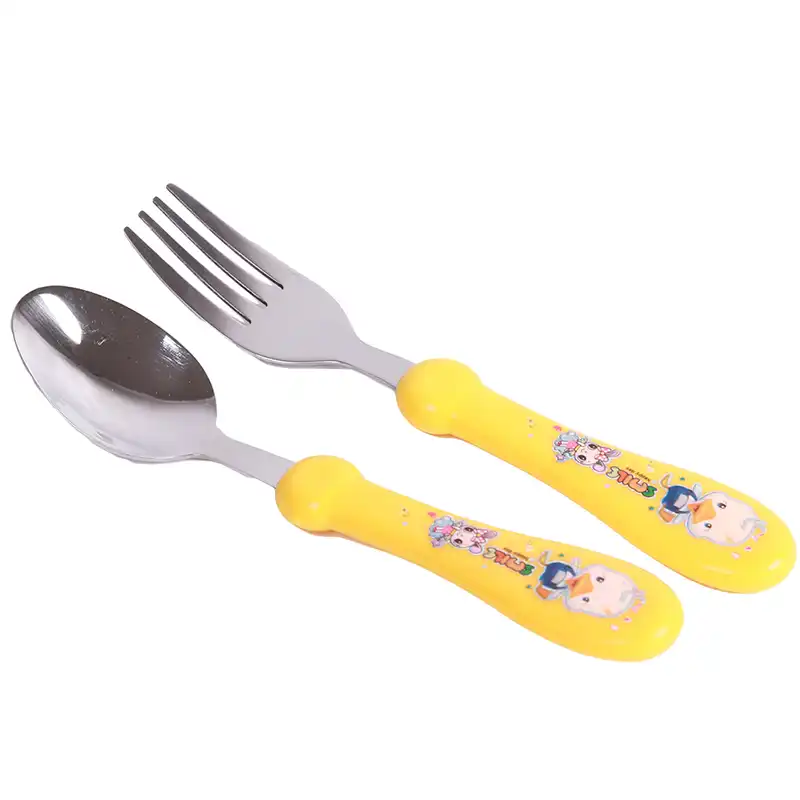 But that was expected. Insulated bottles are also either larger or have less volume because so much space is taken up by the insulating layer; in this case they reduced the volume to 7 ounces, which is down from their usual bottle which is 10 ounces (see below). In our testing, we thought the cute designs on the side of the bottle were awesome, the subtle hour-glass shape made it easier to hold, and the collar and nipple did a pretty good job preventing leaks. When turned on its side or upside-down, the nipple itself leaks, but that's helped with the included stainless lid that does an excellent job preventing leaks. We would keep it upright in the diaper bag, which is the case with any bottle. We actually liked the silicone nipples, which had a good shape, a nice texture around the nipple, and were sturdy with good venting. As your baby grows, this bottle is compatible with other lid attachments, including the sippy cups attachment - we didn't try those, but they look pretty reasonable.
But that was expected. Insulated bottles are also either larger or have less volume because so much space is taken up by the insulating layer; in this case they reduced the volume to 7 ounces, which is down from their usual bottle which is 10 ounces (see below). In our testing, we thought the cute designs on the side of the bottle were awesome, the subtle hour-glass shape made it easier to hold, and the collar and nipple did a pretty good job preventing leaks. When turned on its side or upside-down, the nipple itself leaks, but that's helped with the included stainless lid that does an excellent job preventing leaks. We would keep it upright in the diaper bag, which is the case with any bottle. We actually liked the silicone nipples, which had a good shape, a nice texture around the nipple, and were sturdy with good venting. As your baby grows, this bottle is compatible with other lid attachments, including the sippy cups attachment - we didn't try those, but they look pretty reasonable. What didn't we like? Well, the nipple was pretty leaky without the lid, and we prefer if there is a silicone sleeve on the outside. Also the graduated lines for measuring how much milk is left were pretty hard to see inside, though the nipple is pretty clear to help you peek in. Interested? Check out the Pacific Baby Hot-Tot Stainless Baby Bottles here.
What didn't we like? Well, the nipple was pretty leaky without the lid, and we prefer if there is a silicone sleeve on the outside. Also the graduated lines for measuring how much milk is left were pretty hard to see inside, though the nipple is pretty clear to help you peek in. Interested? Check out the Pacific Baby Hot-Tot Stainless Baby Bottles here.
This is an award-winning stainless baby bottle system that has some really cool features. Let's start with the basics. It's a 10-ounce stainless steel (#304) baby bottle with a plastic nipple collar, silicone nipple, and plastic lid. It has a straight cylinder shape without any hour-glass curve or insulation, but it does have an anti-colic venting nipple and some really high quality construction. We had no issues with leaks at any of the seals, even after repeated dishwasher washings and some accidental dropping. This system really shines with its inclusion of the AquaHeat system, which provides bottle warming without any power or available hot water.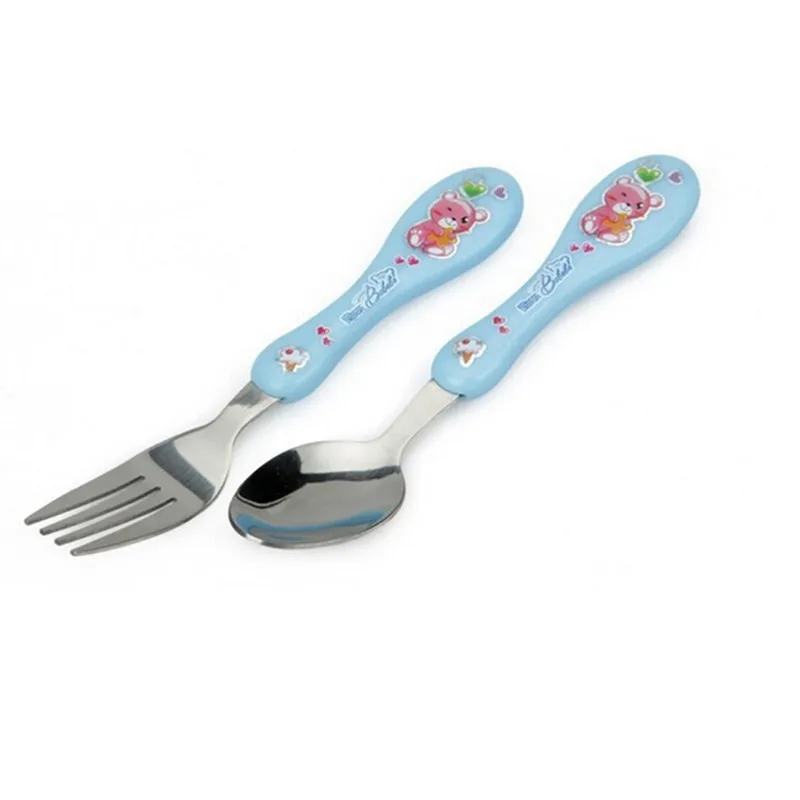 Here's how that works. The set includes not just the bottles and nipple collars and nipples, but also a small cup (see the picture) that is used for bottle warming. What you do is take one of the included AquaHeat pods and place it in the bottom of the extra cup, and add water. The pod heats the water to the point that it begins steaming (it's really pretty impressive), and you place the bottle into the cup to warm its contents. Super clever, and a really awesome option for parents on the go, like if you're hiking, camping, barbecuing at the park, in your vehicle, or otherwise in a place where it's inconvenient or impossible to get hot water or access to a bottle warmer. In our testing, the system worked fabulously and to be honest we were super impressed with the ingenuity and reliability of the system! So kudos to Innobaby for not only making such an awesome system, but for making it along with stainless steel baby bottles. Downfalls? Just a few to mention. First, when you remove the bottle from the AquaHeat warmer, it's way to hot to hold, so you have to let it sit and cool before giving it to your baby.
Here's how that works. The set includes not just the bottles and nipple collars and nipples, but also a small cup (see the picture) that is used for bottle warming. What you do is take one of the included AquaHeat pods and place it in the bottom of the extra cup, and add water. The pod heats the water to the point that it begins steaming (it's really pretty impressive), and you place the bottle into the cup to warm its contents. Super clever, and a really awesome option for parents on the go, like if you're hiking, camping, barbecuing at the park, in your vehicle, or otherwise in a place where it's inconvenient or impossible to get hot water or access to a bottle warmer. In our testing, the system worked fabulously and to be honest we were super impressed with the ingenuity and reliability of the system! So kudos to Innobaby for not only making such an awesome system, but for making it along with stainless steel baby bottles. Downfalls? Just a few to mention. First, when you remove the bottle from the AquaHeat warmer, it's way to hot to hold, so you have to let it sit and cool before giving it to your baby.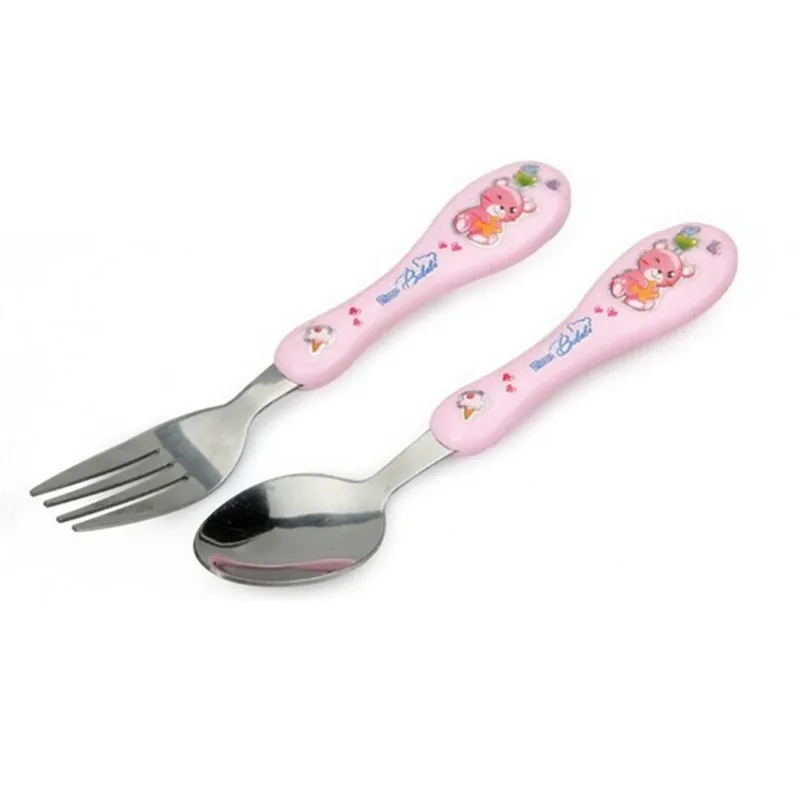 Of course, also make sure that the milk or formula itself hasn't gotten to hot in the process. Second, this situation would be helped by our other gripe, which is that it doesn't have a silicone sleeve on the outside. That would solve the slippery side and condensation issue, but also help out with the high temperature issue. It would be ideal to be able to remove the bottle from the warmer and slide on a silicone sleeve before giving the bottle to your baby. Otherwise, we found ourselves using the system to warm the milk and then dumping the milk into a different bottle that wasn't too hot to hold. Outside of that, this is definitely worth considering in your search! Interested? Check out the Innobaby AquaHeat Stainless Baby Bottles here.
Of course, also make sure that the milk or formula itself hasn't gotten to hot in the process. Second, this situation would be helped by our other gripe, which is that it doesn't have a silicone sleeve on the outside. That would solve the slippery side and condensation issue, but also help out with the high temperature issue. It would be ideal to be able to remove the bottle from the warmer and slide on a silicone sleeve before giving the bottle to your baby. Otherwise, we found ourselves using the system to warm the milk and then dumping the milk into a different bottle that wasn't too hot to hold. Outside of that, this is definitely worth considering in your search! Interested? Check out the Innobaby AquaHeat Stainless Baby Bottles here.
This is a very similar stainless baby bottle to the Pacific Baby Hot-Tot, with a few fundamental differences. First, while we prefer an insulated stainless baby bottle, this one does not have insulation, it is more like the other bottles on this list. Second, it has a partial silicone sleeve around it that provides a nice grippy surface that works pretty well. Outside of that, this stainless bottle is (not surprisingly) very similar to its Hot-Tot sibling. Because it's not insulated, it achieves more inside volume for breast milk or formula, coming in at 10 ounces with the same basic size as the Hot-Tot version. It also warms milk pretty quickly because the insulation doesn't slow down the heat transfer to inside the bottle, so that's good. The silicone sleeve only covers part of the side (about half of it), so it's good for grip but not good for providing any insulation for when the stainless is hot to the touch. And did we mention the price? It's about $25 for one of these bottles, which seems a bit excessive in comparison to others on this list. But that's about it for limitations. All of the other aspects of the bottle, including its leak-proof design, anti-colic vented nipple, and awesome plastic collar, are covered in the other Pacific Baby bottle review above.
Second, it has a partial silicone sleeve around it that provides a nice grippy surface that works pretty well. Outside of that, this stainless bottle is (not surprisingly) very similar to its Hot-Tot sibling. Because it's not insulated, it achieves more inside volume for breast milk or formula, coming in at 10 ounces with the same basic size as the Hot-Tot version. It also warms milk pretty quickly because the insulation doesn't slow down the heat transfer to inside the bottle, so that's good. The silicone sleeve only covers part of the side (about half of it), so it's good for grip but not good for providing any insulation for when the stainless is hot to the touch. And did we mention the price? It's about $25 for one of these bottles, which seems a bit excessive in comparison to others on this list. But that's about it for limitations. All of the other aspects of the bottle, including its leak-proof design, anti-colic vented nipple, and awesome plastic collar, are covered in the other Pacific Baby bottle review above. Interested? Check out the Pacific Baby GroGrow Stainless Baby Bottles here.
Interested? Check out the Pacific Baby GroGrow Stainless Baby Bottles here.
Pura Stainless | Stainless Steel Baby Bottles
Bottles for Everybody
Our Values
11oz Sippy Bottle-
The only Made Safe® Certified bottle on the market!
- Tested clear of over 80,000 known toxins!
Learn more
Kiki Insulated Baby Bottle-
Ready for your little one!
- Repurpose-able bottles designed for the entire family!
shop now
-
Try our Big Mouth Sport Straw!
- Compatible with all Pura bottles
Shop Now
-
Soft tops with every bottle!
-
Because nothing is more important than safety.

start shopping
The only Made Safe® Certified bottle on the market!
Tested clear of over 80,000 known toxins! Learn moreOur 100% silicone my-my™ line is here!
shop the collectionReady for your little one!
Repurpose-able bottles designed for the entire family! shop nowTry our Big Mouth Sport Straw!
Compatible with all Pura bottles Shop NowSoft tops with every bottle!
Because nothing is more important than safety. start shopping
start shopping
Helping our planet one bottle at a time.
Discarding and replacing bottles as your child matures contributes to large scale waste and pollution that harms our oceans and land masses.
Learn how we solved this problem!
our mission
We're not just a company - we're a team focused on the safety of our kids and the health of our planet. We free people from an ever increasing plasticized world, keep petroleum-based plastics out of our kids mouths, create repurpose-able solutions that are infinitely superior to single-use or recyclable offerings, and do it all in a fun, modern, and colorful way.
❤ See why our customers love Pura
Mix and match bottles, lids, sleeves, and accessories!
configure your bottle@purastainless
Use left/right arrows to navigate the slideshow or swipe left/right if using a mobile device
Sets of dishes for children - why are they convenient and how to choose?
When a child begins to eat on his own, he moves on to a new important stage in his life, in which he should have his first own dishes.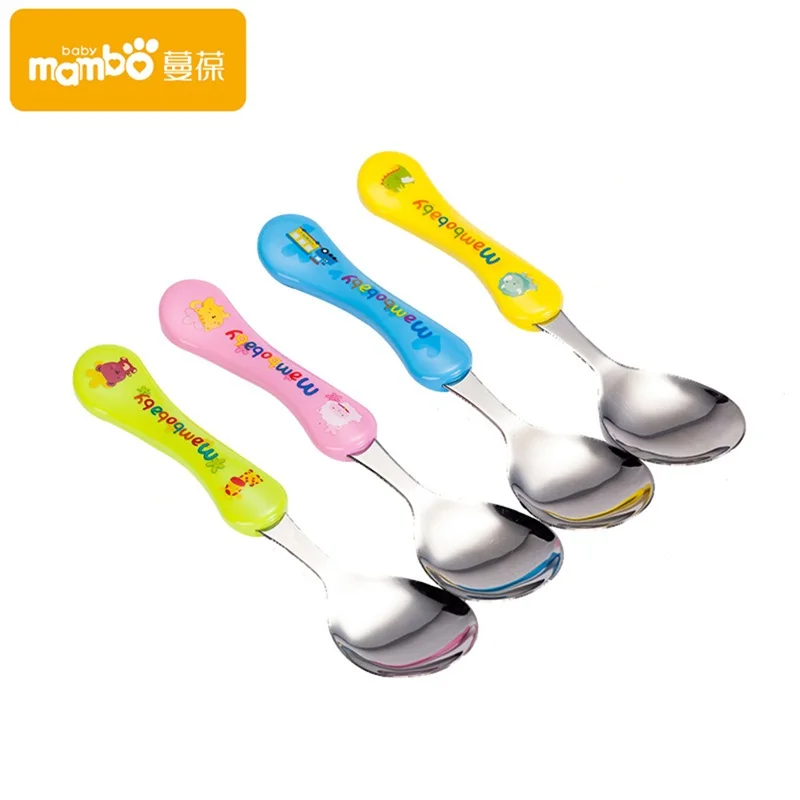 The question arises: is it worth buying tableware separately or buying a whole set? What material should the dishes be made of, what color, size and shape is it best to choose dishes for a child?
The question arises: is it worth buying tableware separately or buying a whole set? What material should the dishes be made of, what color, size and shape is it best to choose dishes for a child?
Cookware selection criteria
- First of all, any dishes must be safe: do not contain harmful substances in their composition, for example, Bisphenol A and Phthalates.
- Ergonomic and lightweight, so that the child can independently hold it in his hands. This is especially true for mugs and cups.
- Children's dishes should be resistant to different temperatures so that they can be heated in the microwave oven or stored in the refrigerator.
- It is important that the dishes keep the food warm, but do not get hot..
- The attention of the child is more attracted to dishes with an unusual shape and interesting patterns.
In the photo: Liewood cookware
Benefits of set
Complete sets of dishes are convenient in everyday life, since mom does not need to “allocate” a separate plate, spoon, mug for feeding.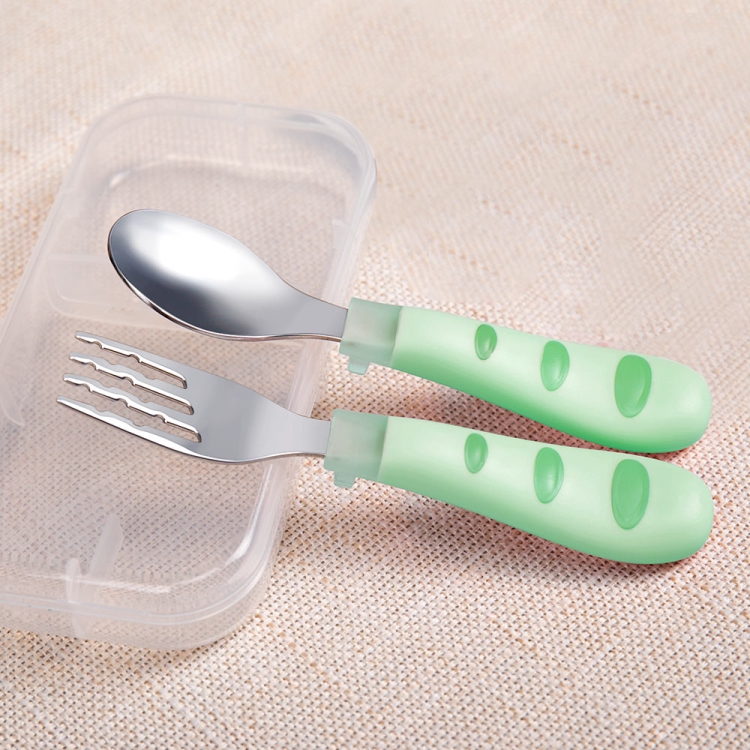 She always has a one-piece set at hand, which belongs exclusively to the child, and cannot be confused with the main dishes in the kitchen. If there is more than one child in the family, it is convenient to purchase several sets at once, so that everyone has their own individual set at their disposal.
She always has a one-piece set at hand, which belongs exclusively to the child, and cannot be confused with the main dishes in the kitchen. If there is more than one child in the family, it is convenient to purchase several sets at once, so that everyone has their own individual set at their disposal.
The child perceives reality in a playful way, so the process of eating for him is a game. Dinnerware with the same style, pattern, or shape can provide a framework for developing a child's imagination and making dinner fun. Mom does not have to use auxiliary techniques (cartoons, toys, etc.) to attract the attention of the child and feed him.
Choice of cookware based on appearance and functionality
In addition to its main and primary task, dishes help parents achieve several more important goals, and one of them is to instill in the child a sense of style and form a good taste, so you need to carefully choose a set for your baby. It is best to focus on calm pastel colors with a simple clear pattern. Too bright colors will only irritate the child's nervous system and distract him from eating.
Too bright colors will only irritate the child's nervous system and distract him from eating.
In the photo: Liewood cookware set wheat mix
There are various thematic sets with a stylish unusual design and thoughtful functionality. For example, sets where the plate is divided into several sections or cells, each of which can contain individual products. This option will allow the child to independently organize the space, choose products that he likes more and create new combinations.
In the photo: Bamboo tableware Love Mae
Buying one set does not mean that you need to use it everywhere and always. Some sets are more suitable for home use and daily feeding of the baby, while others will be more appropriate as a hiking option, for outdoor recreation or a picnic.
In the photo: Liewood children's dinnerware set, gray-blue
The number of items in the set also depends on the age and needs of the baby. If your child is just starting to eat complementary foods, then a plate, spoon and cup will suffice. If the baby is already older, then you can choose a set with more items of various sizes.
If your child is just starting to eat complementary foods, then a plate, spoon and cup will suffice. If the baby is already older, then you can choose a set with more items of various sizes.
In the photo: A set of children's bowls Liewood "Cosmos"
Advantages of different materials
The choice of materials is great. Some parents still prefer to purchase glassware or chinaware, but many are already switching to safer materials for children's tableware, which are much easier to handle and care for.
Silicone:
Silicone products are absolutely harmless and safe for the child, as they do not contain bisphenol and phthalates. They do not slip on the table and do not break when dropped. Silicone utensils are very easy to clean. It can serve both hot and cold food without fear that it will go bad. It is silicone dishes that are chosen for babies who are beginning to introduce complementary foods and for children 2-3 years old. A set of silicone dishes can be taken with you on the road and on a picnic, as it is very light and takes up little space.
A set of silicone dishes can be taken with you on the road and on a picnic, as it is very light and takes up little space.
From PLA
PLA is a food grade plastic that is made from corn starch or sugar cane. PLA dishes can be purchased for the smallest and older children. In terms of properties, this material is almost identical to silicone, but is biodegradable. Like silicone, it does not absorb odors and is odorless itself. Dishes made of PLA do not break, do not slip on the table and in hands. If it accidentally falls on the floor, it will not break, so it will serve you for a long time.
In the photo: A set of children's dishes Liewood "Bear"
Bamboo:
Bamboo tableware is universal for all ages, but is more suitable for children 6-7 years old. Bamboo cookware is light, durable and eco-friendly. The natural composition of bamboo and wood fibers with the addition of corn starch makes it 100% biodegradable.
In the photo: Love Mae "Jungle" plate set
Metal:
Stainless steel cookware is very practical for any age. Of the options listed above, this is the only material in which you can reheat or cook food in the oven, which is certainly its advantage. Stainless steel cookware is safe and won't break or deteriorate over time.
Care of dishes
How to take care of baby feeding utensils? There are several general recommendations. Never use food-grade plastic and silicone utensils in the oven, as the plastic may melt. Unlike food-grade plastic, silicone can be heated in the microwave and used at temperatures up to 230 degrees. Dishes made of both materials can be placed in the freezer at a temperature of up to -20 degrees and washed in a dishwasher at a temperature of no more than 65 degrees.
The rules for caring for bamboo cutlery are very similar. The main thing is not to use them in the microwave and oven, as natural materials do not withstand high temperatures. They are allowed to be washed in the dishwasher and used at a temperature not higher than 80 degrees and not lower than 20 degrees.
They are allowed to be washed in the dishwasher and used at a temperature not higher than 80 degrees and not lower than 20 degrees.
Metal utensils or stainless steel utensils are the most unassuming to care for. It can be placed in the oven and microwave, but it is not recommended to heat it on the stove. Dishwasher safe and rinse in hot water before use. It is very convenient and practical in everyday life.
It is better to store children's dishes in a separate place from common dishes and always keep them dry and clean so that they serve you longer and retain their original appearance for a long time.
crockery, pastel colors, bright accents, children's room
Breastfeeding after 1 month: what to expect
Do you know when breast milk production stabilizes? And how does the frequency and duration of feedings change as the baby grows? You will find answers to these questions in our recommendations for breastfeeding after the first month.
Share this information
Congratulations: You made it through the first month of breastfeeding. Your breast milk has reached full maturity 1 , its production is stabilizing, and there is little or no leakage from the breast. Don't worry, it's not getting less milk, it's just that your breasts are better able to produce and store it now. 2 At the age of six weeks, your baby will begin to please you with his charming toothless smiles, and by two months you will already have 500-600 feedings behind you. With a favorable development of events, problems with latch on by this point will already be resolved, and you can simply enjoy the convenience and benefits of breastfeeding.
When does breastfeeding decrease?
The "normal" feeding frequency for babies aged one to six months varies considerably, with some needing four times a day, others asking to be breastfed 13 times a day. 3
“From the age of one month, the amount of milk a baby consumes per feeding increases so that he can go without food for longer,” explains Cathy Garbin, a recognized international expert on breastfeeding, “A baby’s stomach grows, so he eat more at one time. In addition, mature milk allows him to stay full longer.”
In addition, mature milk allows him to stay full longer.”
Feeding can last from 12 minutes to one hour -
the habits of babies vary so much! 3 But if the child is gaining weight and falls within this range, there is no cause for concern.
What is most surprising, no matter how often the baby eats, he consumes approximately the same amount of milk per day - both at one month and at six, when it is time to start complementary foods with solid food. 4
“However, sometimes the baby eats more and sometimes less, especially when he is unwell. It’s better to just listen to his needs,” Katie explains.
Is breastmilk sufficient for the first six months?
Yes. Breast milk contains everything a baby needs for the first
six months of life - exclusively breastfed babies don't even need to drink water! 5 Until about six months of age, a child's digestive system is simply not adapted to the digestion of solid food, and he will be able to drink cow's milk only after a year.
In addition, breastfeeding during this period prepares the child for further development. It strengthens the muscles of the mouth, develops the jaw and helps straighten the teeth 6.7 . All this will come in handy when the baby begins to eat and talk. And because what you eat and drink affects how your breast milk tastes, your baby discovers new tastes even before he starts eating solid foods. 8
In addition, when your baby is sick, your body produces breast milk that is
rich in antibodies that help fight infection. 9 In other words, milk continues to protect the baby for many months as it grows and becomes more active.
Breastfeeding is also very comfortable once you get used to it. Claudia, a mother of two from the UK, notes: “No need to sterilize a mountain of bottles, prepare formula, carry it all with you, warm it up - in general, breastfeeding turned out to be very convenient, especially when my babies grew up and we began to leave the house more often.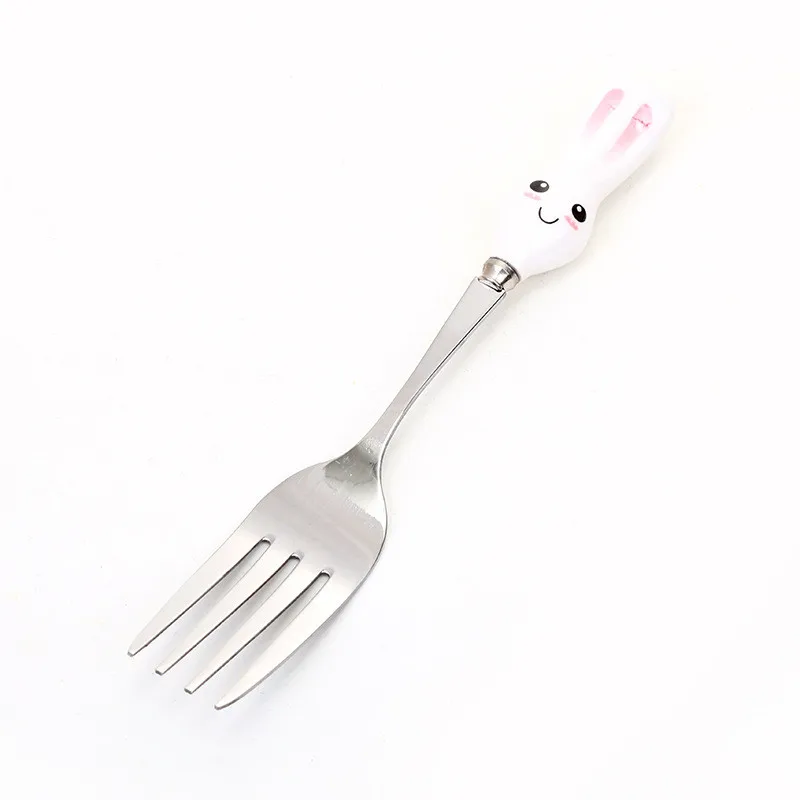 ".
".
At what age does a breastfed baby start sleeping through the night?
Waking up at night is normal for babies. Most babies between the ages of one and six months consume one-fifth of their daily milk requirement at night, so nighttime feedings should not be neglected if you want your baby to get the required amount of calories. 3
"It really depends on what you mean by 'sleep through the night,'" says Cathy. "And it's better than waking up every two hours anyway! I have met infants who, starting at six weeks old, fell asleep at 19:00 and woke up at 7:00, but most continue to wake up frequently at night after this age. All children are different."
In Wales, a study of more than 700 infants showed that almost 80% of children aged 6 to 12 months wake up at least once a night, and 25% of them wake up three times or more. And it did not depend on what type of feeding the child is on - breastfeeding or artificial. 10
And if nighttime awakenings are unavoidable anyway, breastfeeding is at least comfortable! Maina, a mother of two from Australia, agrees: “You can even take a nap while feeding in the middle of the night - both the body and the baby do their job on autopilot. No need to plan, measure, sterilize anything - ready-made food at the right temperature is right in your chest. I think it's ideal."
No need to plan, measure, sterilize anything - ready-made food at the right temperature is right in your chest. I think it's ideal."
My child wakes up more often. Perhaps he is hungry?
Around four months of age, a baby's sleep patterns change as they experience deep and light sleep phases like an adult. Because of this, he may wake up more often at night. “At four months, sleep is more of a problem than feeding,” Cathy admits. “It can be exhausting, but try to adapt and be patient.”
Some people call this " a four-month sleep regression ", but "progress" is more appropriate here. From the outside it may look like a step back, but in fact the child is approaching an important stage of development. He learns quickly, begins to become aware of the world around him, his perception is sharpened and, perhaps, there is anxiety about being separated from his mother. Crying when waking up and being able to eat milk cuddled up to mommy’s chest is a way for a baby to calm down. 11–13
11–13
Resist the urge to “supplement” your baby with formula or start complementary foods early
in an attempt to improve his sleep. Breast milk contains
hormones that make you sleepy and help you both relax
. Studies show that breastfeeding mothers actually sleep longer at night than mothers of formula-fed or mixed-fed babies
. 14
How does teething affect breastfeeding?
Teething usually begins around four months of age. When a baby has gum pain, he becomes restless, throws his chest and cries. All this, of course, is unpleasant.
However, breastfeeding can be an excellent sedative.
Studies have shown that babies who are breastfed
during the vaccination period cry less and forget pain more quickly. 15 Breastfeeding during teething can have the same calming effect.
An unpleasant side effect may be the child's attempts to try out his new teeth on the mother's breast. “Sometimes children flirt and bite their mother’s nipples. This can be felt in advance by how the behavior of the child changes when feeding: before biting, he removes his tongue, explains Cathy, “Usually this is not a problem and only happens a couple of times. It is enough to stop feeding, affectionately say that biting is not good, and the baby will soon leave this fun.
This can be felt in advance by how the behavior of the child changes when feeding: before biting, he removes his tongue, explains Cathy, “Usually this is not a problem and only happens a couple of times. It is enough to stop feeding, affectionately say that biting is not good, and the baby will soon leave this fun.
How to continue feeding if you have to be separated from the baby?
It happens that during the first six months, when the baby is still fully breastfed, the mother needs to be away for several hours - or even longer if she has to go to work or go away on business for a couple of days.
But this does not mean that you should stop breastfeeding. You can still feed your baby healthy breast milk - just express it and have someone give it to your baby when you're away. Here's Katie's advice:
“Start expressing milk a couple of days in advance, in small batches, 40-60 ml at a time. So you will have the necessary supply for the time of your absence, but at the same time the amount of milk produced will remain the same.
If you have to return to work, check with your employer about your daily schedule. Many mothers breastfeed their babies in the morning, evening and night, and pump milk at lunchtime to relieve discomfort and create a reserve for the next day.
This usually turns out to be much easier than one might think, and today many companies are well placed to do this, notes Cathy. “Breast pumps make it easy to solve this problem.”
Natalie, mother from the USA, shares her experience: “I feed Dylan as soon as he wakes up, and sometimes again before leaving for work, in order to maintain milk production and not lose contact with the child. At work, I pump twice the next day (in my absence, he eats two bottles of breast milk), and after work I rush home for the evening feed. I don't pump on the weekends - we resume regular breastfeeding."
Is it possible to continue breastfeeding after the introduction of solid foods?
When your baby begins to show interest in food and can sit up on his own - usually around six months of age - it's time to start solid foods.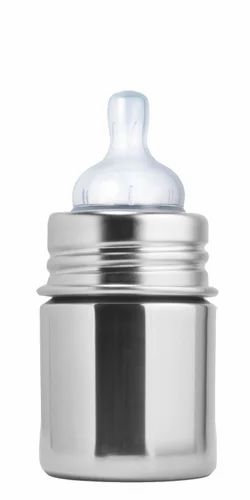 However, it is not necessary to stop breastfeeding, Cathy explains: “A baby’s iron stores during pregnancy are depleted by six months, so he needs additional sources of this element.
However, it is not necessary to stop breastfeeding, Cathy explains: “A baby’s iron stores during pregnancy are depleted by six months, so he needs additional sources of this element.
Start complementary foods with solid foods, but remember that breast milk remains a more important source of calories and nutrients until the baby is eight to nine months old. By this time, he will be eating much more solid food, but he will still need to breastfeed four to five times a day. By 12 months, the frequency of feeding may be two to six times a day. All babies are different, and many of them at this age are still getting half their daily calorie intake from breast milk.”
Don't forget that breast milk can be added to solid foods, such as cereals and purees, so that the baby can taste the familiar taste. If possible, use milk expressed just before feeding (not thawed) and add just before serving to keep bacteria and nutrients alive. 16
You may be pressured by others to stop breastfeeding when your baby is six months old, but the longer you breastfeed or pump, the better for you and your baby.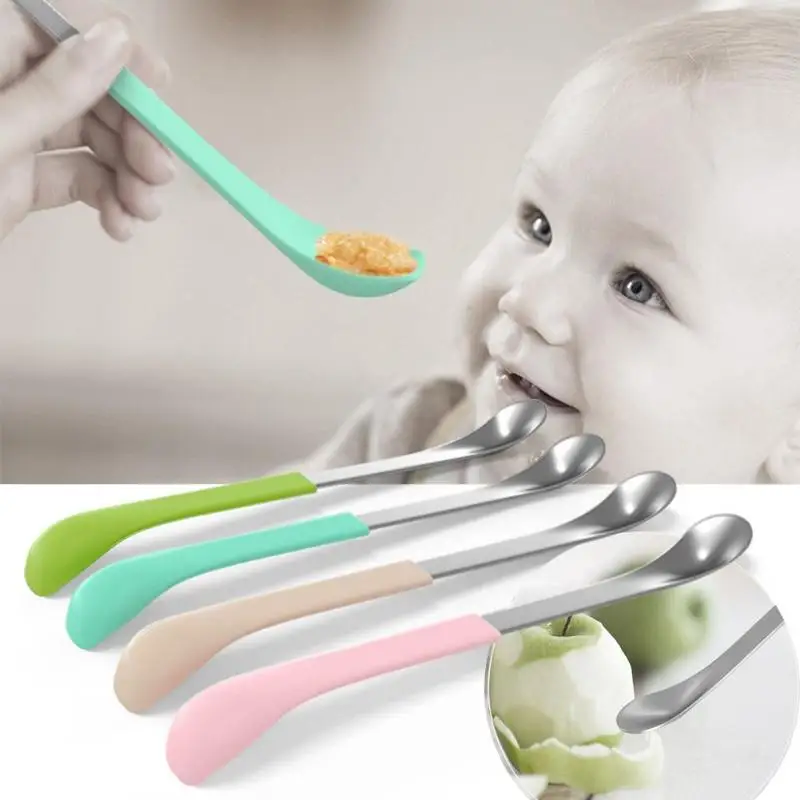
How long can I continue breastfeeding?
“The World Health Organization recommends breastfeeding along with solid foods until at least two years of age because it plays an important role in supporting immunity,” says Cathy. feels bad".
At eight months, the baby sometimes breastfeeds four times a day, but by one year old, the frequency of feedings can be reduced to two times a day. You yourself will understand which feeding regimen is more suitable for you and your baby. For example, Jane, a mother of two from the US, breastfed until the age of two: “I breastfed when I was at home - in the evenings and on weekends, when the children wanted to be close to me,” says Jane, “It helped a lot when they were sick . Breastfeeding has become my favorite form of comfort."
“When my son got a little older and bolder, he still often asked me to breastfeed him - as if to calm down and gain strength,” recalls Amy, a mother of two children from Canada, “When he happened to hit or skin his knee , breastfeeding was a wonderful way to comfort him.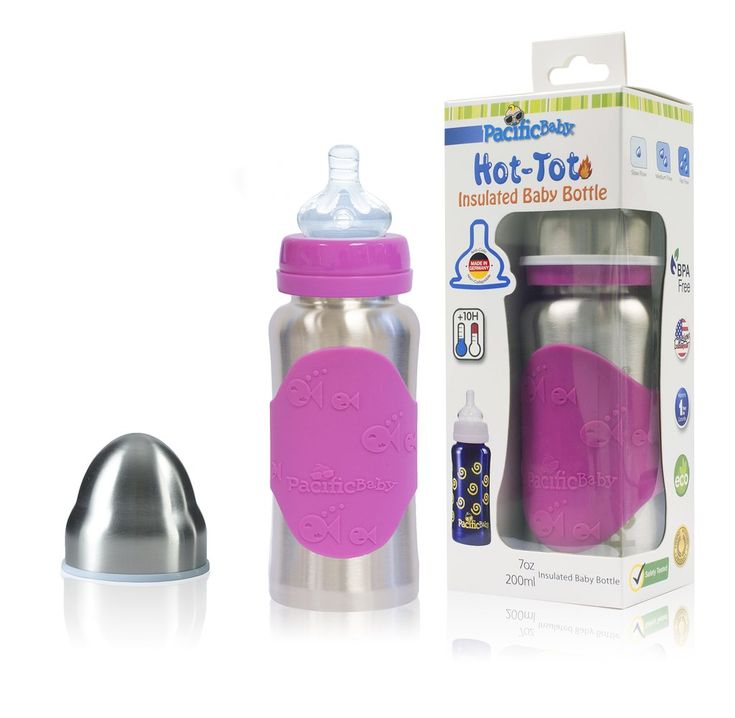 ”
”
If your baby is over a year old and you are still breastfeeding, people around you will probably tell you that this way he will never wean. But if children are not pressured, they usually refuse to breastfeed themselves between the ages of two and four. 17
“I didn’t intend to breastfeed for so long, but as a result, I still breastfeed my four-year-old daughter and 22-month-old son,” says Suzanne, mother of two from the UK, “I breastfeed my youngest before and after work, and in I express milk on business trips. The eldest daughter likes to breastfeed a little before bed or when she is upset - this is a great way to make contact. When I get tired of it, I remind myself what great benefit and comfort it brings them. I now plan to pursue a baby-initiated end breastfeeding strategy — let them decide when to stop.”
For more information on what to expect and lots of tips and tricks, see our guide Breastfeeding Problems After the First Month.
Literature
1 Ballard O, Morrow AL. Human milk composition: nutrients and bioactive factors. Pediatr Clin North Am . 2013;60(1):49-74. - Ballard O., Morrow A.L., "Composition of breast milk: nutrients and biologically active factors." Pediatrician Clean North Am. 2013;60(1):49-74.
Human milk composition: nutrients and bioactive factors. Pediatr Clin North Am . 2013;60(1):49-74. - Ballard O., Morrow A.L., "Composition of breast milk: nutrients and biologically active factors." Pediatrician Clean North Am. 2013;60(1):49-74.
2 Kent JC et al. Principles for maintaining or increasing breast milk production. 2012;41(1):114-21. - Kent J.S. et al., "Principles for Maintaining and Increasing Milk Production". J Obstet Ginecol and Neonatal Nurse. 2012;41(1):114-121.
3 Kent JC Volume and frequency of breastfeedings and fat content of breast milk throughout the day. Pediatrics. 2006;117(3): e 387-395. - Kent J.S. et al., "Amount and frequency of breastfeeding and fat content of breast milk during the day." Pediatrix (Pediatrics).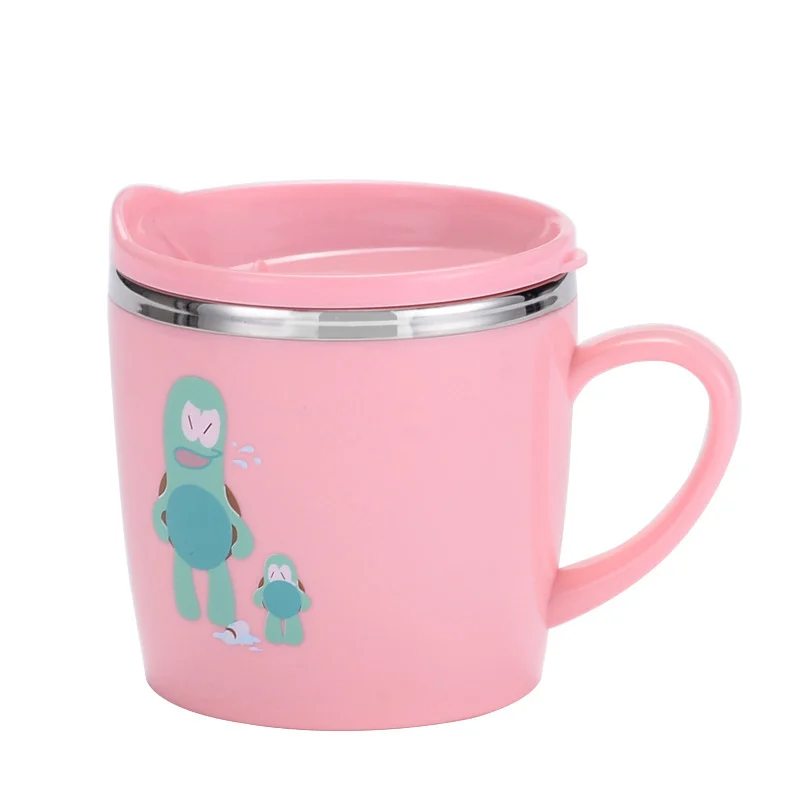 2006;117(3):e387-95.
2006;117(3):e387-95.
4 Kent JC et al. Longitudinal changes in breastfeeding patterns from 1 to 6 months of lactation. Breast Med . 2013;8(4):401-407. - Kent J.S. et al., Longitudinal changes in breastfeeding patterns from 1 to 6 months of lactation. Brest Med. 2013;8(4):401-407.
5 Almroth S, Bidinger PD. No need for water supplementation for exclusively breast-fed infants under hot and arid conditions. Trans R Soc Trop 1990;84(4):602-604. - Elmroth S., Bidinger P.D., "No need for supplementation of exclusively breastfed infants in hot, dry conditions." Trans R Sots Trop Med Hyg. 1990;84(4):602-604.
6 Victora CG et al . Breastfeeding in the 21st century: epidemiology, mechanisms, and lifelong effect.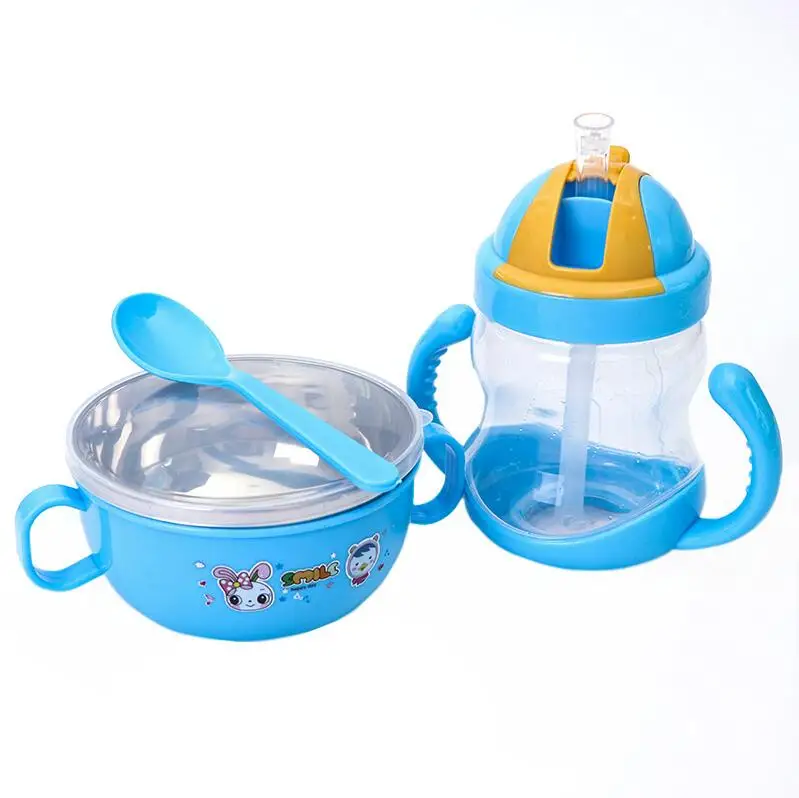 Lancet. 2016;387(10017):475-490. - Victor S.J. et al., "Breastfeeding in the 21st century: epidemiology, mechanisms and long-term effects". Lancet 2016;387(10017):475-490.
Lancet. 2016;387(10017):475-490. - Victor S.J. et al., "Breastfeeding in the 21st century: epidemiology, mechanisms and long-term effects". Lancet 2016;387(10017):475-490.
7 Peres KG et al. Effect of breastfeeding on malocclusions: a systematic review and meta - analysis. Acta Paediatr. 2015;104( S 467):54-61. - Perez K.G. et al., "The impact of breastfeeding on malocclusion: a systematic review and meta-analysis". Akta Pediatr. 2015;104(S467):54-61.
8 Mennella JA, Beauchamp GK. Maternal diet alters the sensory qualities of human milk and the nursling's behavior. Pediatrics. 1991;88(4):737-744. - Mennella, JA, Beauchamp, GK, "Maternal nutrition influences the organoleptic properties of breast milk and infant behavior." Pediatrics (Pediatrics). 1991;88(4):737-744.
9 Hassiotou F et al. Maternal and infant infections stimulate a rapid leukocyte response in breastmilk.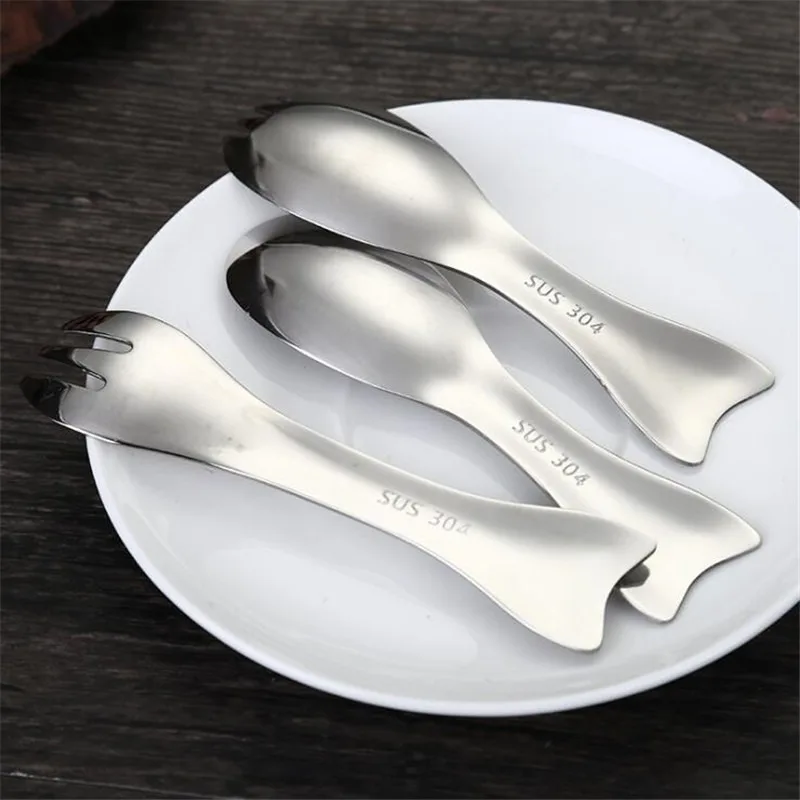 Clin Transl immunology. 2013;2(4). - Hassiot F. et al., "Infectious diseases of the mother and child stimulate a rapid leukocyte reaction in breast milk." Clean Transl Immunology. 2013;2(4).
Clin Transl immunology. 2013;2(4). - Hassiot F. et al., "Infectious diseases of the mother and child stimulate a rapid leukocyte reaction in breast milk." Clean Transl Immunology. 2013;2(4).
10 Brown A, Harries V. Infant sleep and night feeding patterns during later infancy: Association with breastfeeding frequency, daytime complementary food intake, and infant weight. Breast Med . 2015;10(5):246-252. - Brown A., Harris W., "Night feedings and infant sleep in the first year of life and their association with feeding frequency, daytime supplementation, and infant weight." Brest Med (Breastfeeding Medicine). 2015;10(5):246-252.
11 Infant sleep information source. [Internet]. Normal Infant Sleep Development; December 2017 [cited 2018 Feb] - All about baby sleep. [Internet] "The development of normal sleep in a child", December 2017 [cited February 2018].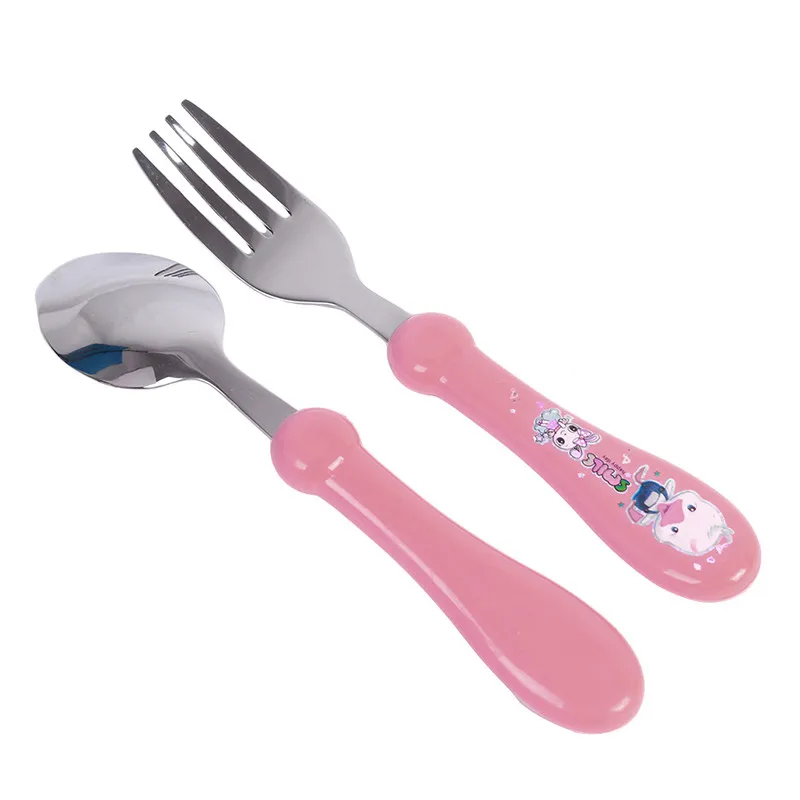
12 Baby sleep science. [Internet]. The-Four-Month-Sleep-Regression-What-is-it-and-What-can-be-Done-About-it. March 2014 [ cited 2018 Feb ] - The Science of Baby Sleep. [Internet], "Four-month sleep regression: what it is and what to do about it." March 2014 [cited February 2018].
13 The Myth Of Baby Sleep Regressions – What’s Really Happening To Your Baby’s Sleep? [Internet]. Pinky Mckay ; December 2017 [ cited 2018 Feb ] - "The Myth of Baby Sleep Regression - What's Really Happening to Your Baby?" [Internet]. Pinky McKay, December 2017 [cited February 2018].
14 Kendall - Tackett K AL0186 . The effect of feeding method on sleep duration, maternal well-being, and postpartum depression.
Learn more




